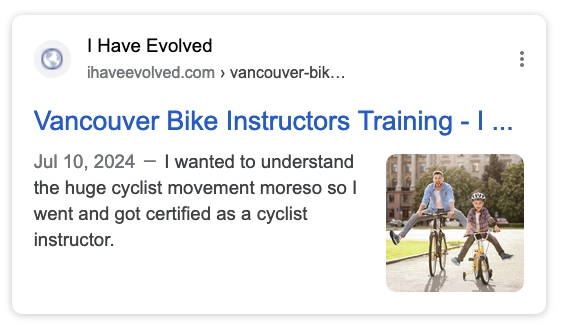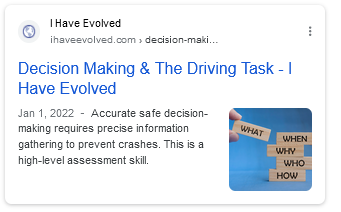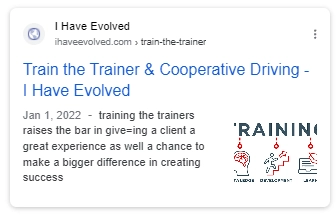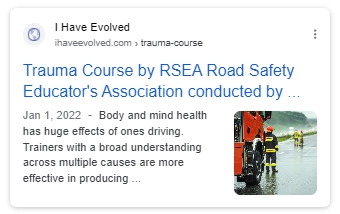Moving a 2000 kg machine takes time, and if your goal is to stay calm while driving, you—and every muscle—need time to get comfortable with the vehicle. People and machines have a long history, one that demands respect to avoid injury. Machines are powerful—steel, heavy, and unyielding—while we’re human, skin and bone. It’s a mismatch that requires us to approach the task with serious intent, especially with a machine like a car, which we control from the inside, managing it with our feet, hands, and eyes. And it’s big—a lot bigger than you.
Think about the stakes: a car has the power to harm others and damage property in seconds. None of us wants that, yet British Columbia alone sees approximately 1,000 collisions every day. Why? Nobody drives with the intention of hitting anything, but these accidents happen, often for the same reasons, again and again.
This uneasy relationship between humans and machines is what I’ve dedicated my life to understanding. Driving is a place where mistakes can’t be shrugged off—they’re serious, and the costs are high. That’s why learning to drive takes time and why my approach is built to keep you moving with the lowest possible risk. My method is a blanket strategy designed to guard against the most common collision mistakes, a comprehensive defense formed through decades of study and observation.
It’s not perfect, but it’s close, forged from a commitment to your safety and honed by a lifetime of experience. At its heart lies what I call the purple line—the true heartbeat of safe driving, the path that keeps you focused, serious, and moving forward without unnecessary risk.
Welcome to Cooper’s lifetime work, crafted to keep you out of harm’s way. Remember, safety isn’t just about avoiding mistakes; it’s about knowing the path to avoid them altogether.
Cooper’s History of Training and Education












Comments are closed